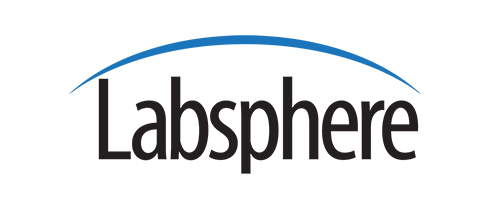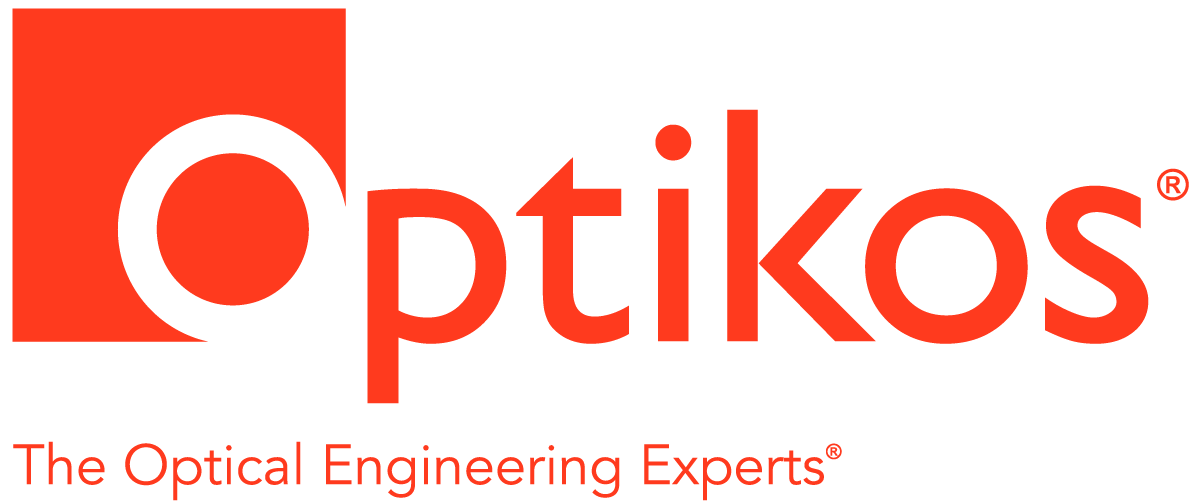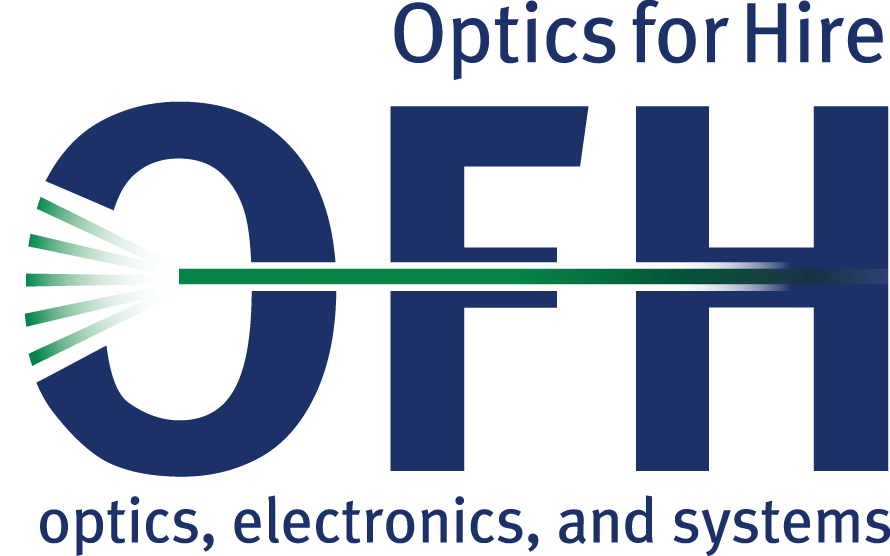 |
Location: | Optikos Corporation, 107 Audubon Road, Bldg. 3, Wakefield, MA 01880 |
| Dinner Reservation Deadline: | Friday, October 21, 2016 @ 6pm |
Coherence in Modern Optics
NOTE: Attendees who are foreign nationals are requested to bring a passport to this event
Coherence manifests itself in many ways in optics and photonics. Well known are the classic phenomenon in which light from stellar objects gains coherence by mere propagation, the measurement of coherence by observing fringe visibility, coherence-induced changes of the spectrum even in free space, the intriguing polarization states and geometric phases of light beams, and many other fascinating effects. With the rapid development of near-field optics and nanophotonics, the theory of optical coherence has undergone important refinements so as to account for the various vectorial features of the light. In many instances the electromagnetic coherence properties have to be measured by means of nanoscatterers.
Partially polarized and temporally partially coherent light beams play central roles in metrology and optical instrumentation. Even fully unpolarized beams of light experience rapid polarization-state fluctuations that convey information about the source or the transmitting medium. Such ultrafast polarization dynamics and temporal coherence can be modelled theoretically and measured in a polarization-selective Michelson interferometer by using two-photon absorption. The so-called supercontinuum generated in a nonlinear optical fiber has an ultrabroad spectrum. Under a wide range of circumstances its coherence properties can be represented as a superposition of two contributions, a nearly coherent part and an almost incoherent component. These contributions can be controlled by the pump pulse, thereby leading to supercontinuum of tailored coherence.
Some novel imaging techniques involve intensity correlations. Optical coherence tomography is a versatile biomedical imaging method based on the interference of low-coherence light. The resolution could be improved through the use of intensity correlations, but the rapid intensity fluctuations in incoherent light cannot be measured. A novel quantum-inspired spectral intensity correlation approach only utilizes mean intensities, resulting in enhanced image resolution and dispersion cancellation. A remarkable intensity-based technique called ghost imaging utilizes two beams neither of which contains image information but their correlation makes the image of the target magically appear. This method has been transcribed into the time domain enabling fully distortion-insensitive ghost imaging of ultrafast temporal signals.

“Ghost imaging in the time domain,” Nature Photonics 10, 167 (2016)
MEETING SPONSORED BY
Ari T. Friberg, Institute of Photonics, University of Eastern Finland, Joensuu, Finland

Holds PhD (Rochester, 1979) and DSc Tech (Helsinki, 1993). Full-time Professor of physics at University of Eastern Finland (UEF) since 2013, Finnish Distinguished Professor (Aalto University and UEF) 2007-2012, Professor of optics at KTH Stockholm 1997-2007. Visiting appointments at Neuchâtel, Technical University Berlin, Imperial College London, and University of Rochester. Main research interests are optical physics, electromagnetic optics, and nanophotonics. Authored some 300 refereed journal articles. Fellow of OSA and SPIE, Senior member of IEEE. On editorial boards of several journals, e.g., Progress in Optics. Past President of International Commission for Optics (ICO), served on boards of European (EOS) and Swedish (SOS) Optical Societies, founding member and first President of Finnish Optical Society (FOS), currently on nominating committee of ICO, executive committee of European Physical Society (EPS), and scientific advisory committee of European Physical Journal (EPJ).
Reservations:
Please make online reservations via the "Click to signup" button above.
Reservations may also be left on the answering machine at (617) 584-0266. We no longer have an email address for reservations due to SPAM.
When making reservation requests, please provide the following information:
- DINNER AND MEETING or meeting only
- Name(s) and membership status
- Daytime phone number where you can be reached (in case of change or cancellation)
Location:
Networking—5:45 PM, Dinner—6:45, Meeting—7:30 PM.
Menu:
Vegetarian option available on request
Dinner Prices:
| Register on/before DINNER Reservation Date |
Late Reservations Based on Availability |
|
| NES/OSA Members and their guests | $30.00 each | $35.00 |
| Non-members | $35.00 (See NOTE Below) | $40.00 |
| Students | $5.00 | $5.00 |
| Post-Docs | $15.00 | $15.00 |
NOTE: The NES/OSA has not changed dinner prices in several years but has been facing higher costs. We have increased the cost of dinner by $5 this year. We will try to accommodate late reservations but cannot not guarantee that a meal will be available.
General Information on NES/OSA Meetings
Cancellations and No-shows:
If the meeting must be cancelled for any reason, we will try to call you at the phone number you leave with your reservation. Official notice of cancellation will be on our answering machine.
We have to pay for the dinners reserved as of the Tuesday before the meeting, so no-shows eat into our cash reserve. If you will not be able to attend, please let us know as early as possible. Otherwise, no-shows will be billed.
Membership Rates:
| Regular members | $15.00 |
| Student members | free |
NOTE: The extra $5.00 of the non-member dinner fee can be used toward membership dues if the nonmember joins and pays dues for the current year at the meeting.




